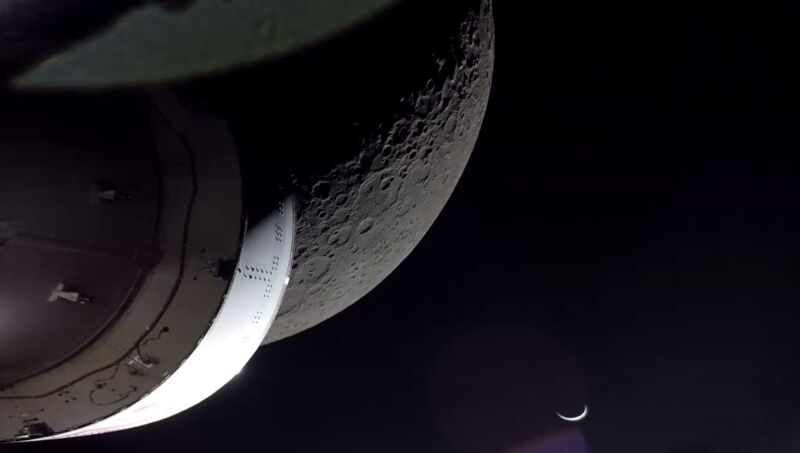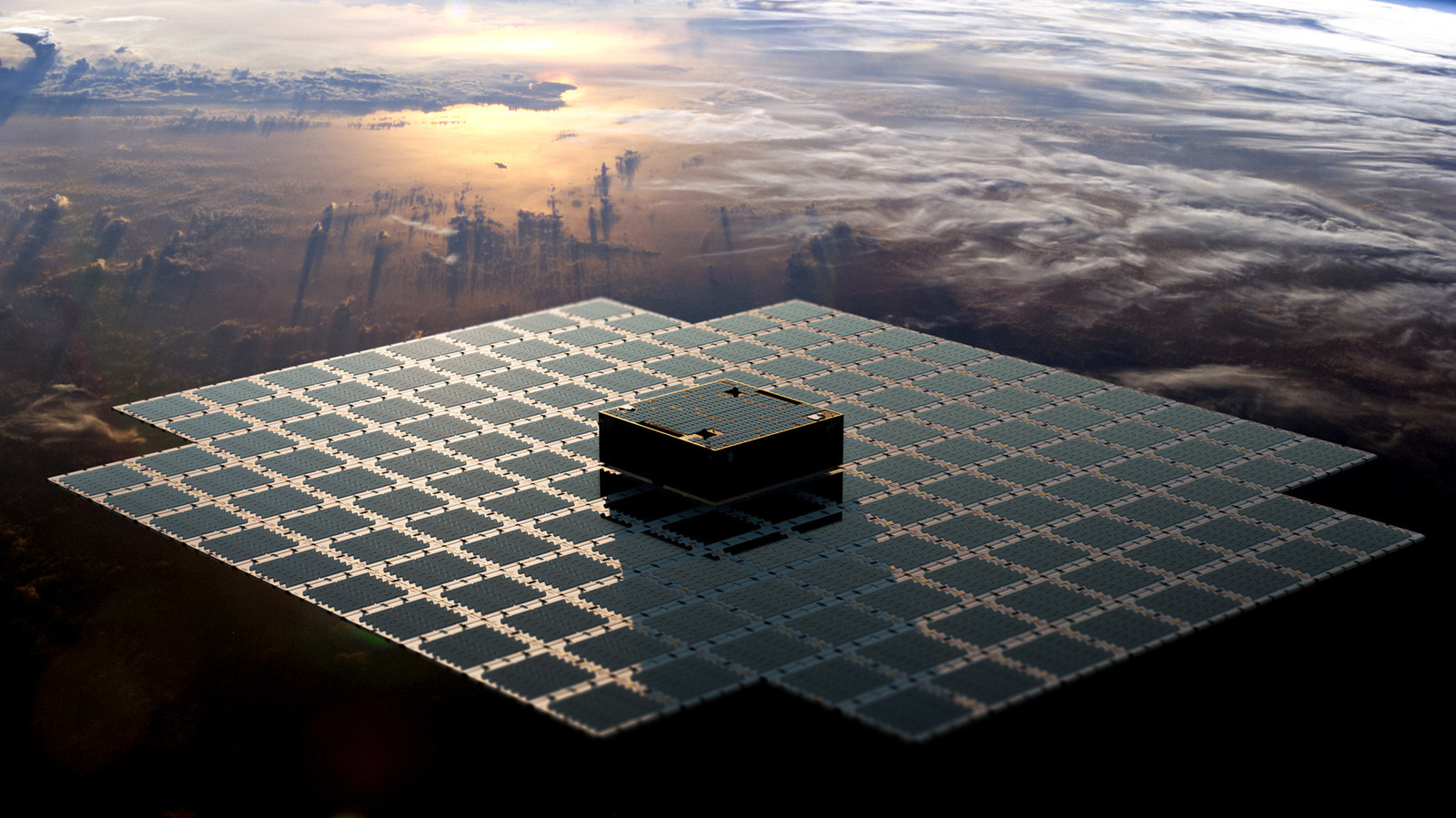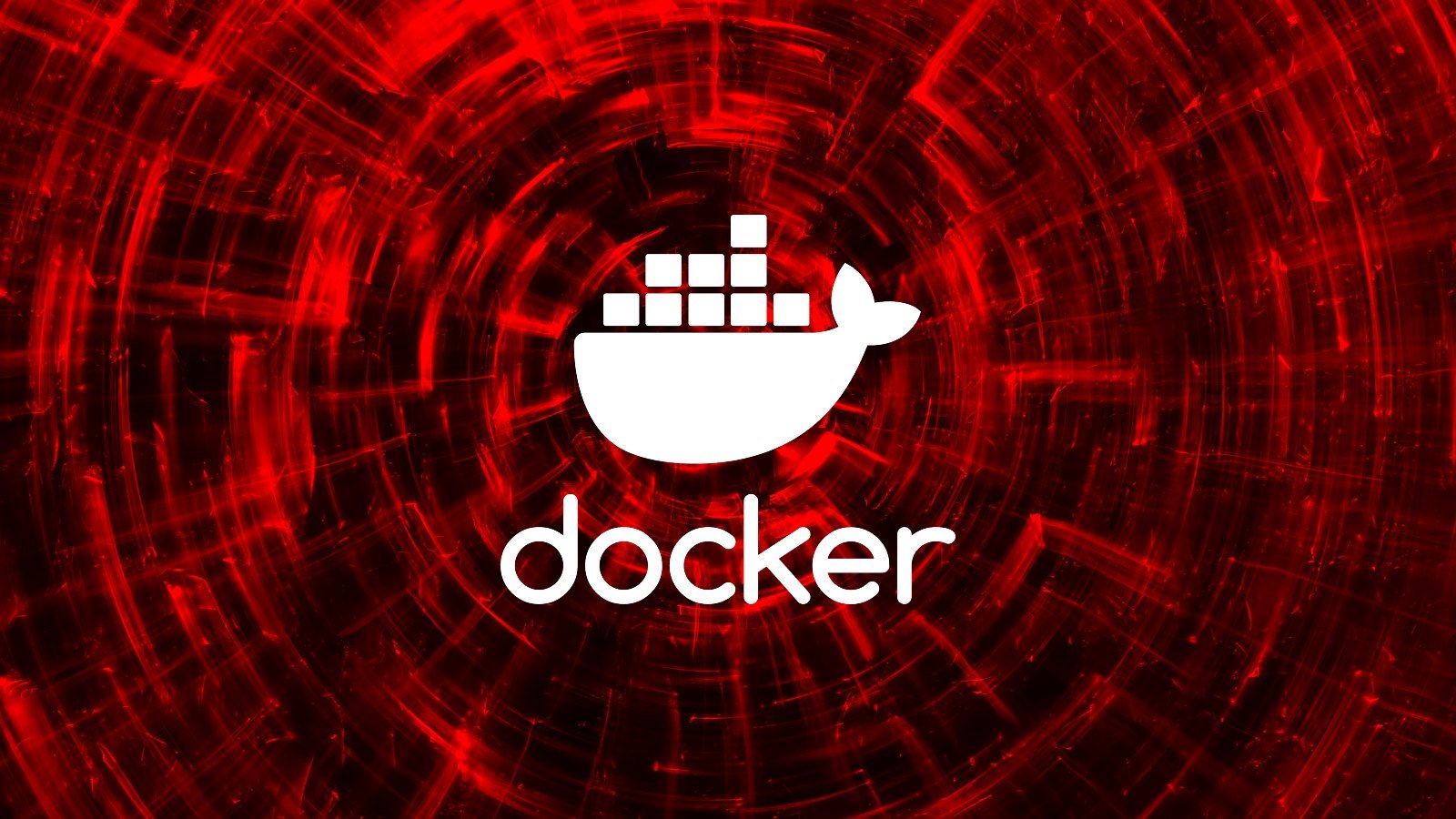1.246 × 10^-8 parsecs —
“We needed a way to have a compelling commercial services offering.”

Enlarge / Orion, the Moon, and a crescent Earth as seen during the Artemis I mission.
NASA
For several years NASA has made it clear to the space industry that, wherever possible, it would like to move toward a services model of buying things.
When he was administrator, Jim Bridenstine was fond of saying that NASA wanted to be “one of many customers” for companies that were building products and services for spaceflight. And with the success of the commercial cargo and crew programs for the International Space Station, the space agency has been aiming to extend this approach. It has done so in various forms, including for small and large lunar landers, as well as spacesuits for both the space station and surface of the Moon.
This transition—which has saved NASA money and seeks to leverage entrepreneurial activity in the US commercial space industry—has not been particularly easy for some of the large, traditional aerospace contractors. Typically, they were accustomed to competing for cost-plus contracts, which paid a company’s expenses, plus a fee. In this new era, NASA tries to buy services at a fixed price. This means that if a company ends up delivering under that price, they keep the profit. If they go over the price, it’s their loss.
Some of the largest contractors have done a better job of leaning into this new reality than others. Lockheed Martin is one of these, and last month it announced a new commercial venture called Crescent Space Services. Crescent, a subsidiary of Lockheed, will initially offer a communications and navigation network around the Moon, called Parsec. The new company will be led by Joe Landon, who has a commercial space background and previously led Advanced Development Programs for Lockheed.
This network will initially have two satellites, launching as a rideshare in 2025, in orbit around the Moon to provide a continuous connection between Earth and areas on the Moon, including the South Pole.
“The origin story is really just Lockheed Martin looking at the market, and NASA in particular as a customer,” Landon said of Crescent. “And seeing the shift from buying things, like Orion, to buying services, like commercial crew, commercial cargo, and other programs. If they want to buy commercial services, then we needed a way to have a compelling commercial services offering.”
Lockheed will seek to sell its communications services to the dozens of commercial companies planning to send spacecraft to the Moon this decade. But it also is clearly targeting a recent announcement by NASA seeking “Near Space Network Services.” Eventually, NASA said it would like to rely on commercial communications for its Artemis missions to the lunar surface.
Crescent plans to soon announce a commercial partner on Earth with a ground-based network of satellite dishes to receive signals from the Parsec satellites. Landon said he is confident about meeting the 2025 launch date because the Parsec satellites are using an existing satellite bus developed by Lockheed, and also because the company has not been waiting around for a contract. It has already begun developing the satellites, which are the size of a large mini-refrigerator.
Crescent has a larger vision to provide services beyond communications and navigation, but Landon said this was a good place to start. About 10 people now work directly for Crescent, and Landon characterized Lockheed’s upfront investment as “significant.”
For the sake of the commercial space industry, it is helpful to see large aerospace contractors buy into the commercial services model, which requires private companies to have some skin in the game—i.e., to invest in product development knowing that it must not just sell services to NASA, but to other customers. Really, the key differentiator of commercial space companies is a willingness to invest in a product or service before having a contract in hand, which Lockheed is doing here.
It will be interesting to see Lockheed compete alongside smaller, more nimble startups. Fortunately for Lockheed, it has some sizable advantages, including deep pockets and a large amount of experience working with satellites.
Note: This article have been indexed to our site. We do not claim legitimacy, ownership or copyright of any of the content above. To see the article at original source Click Here













